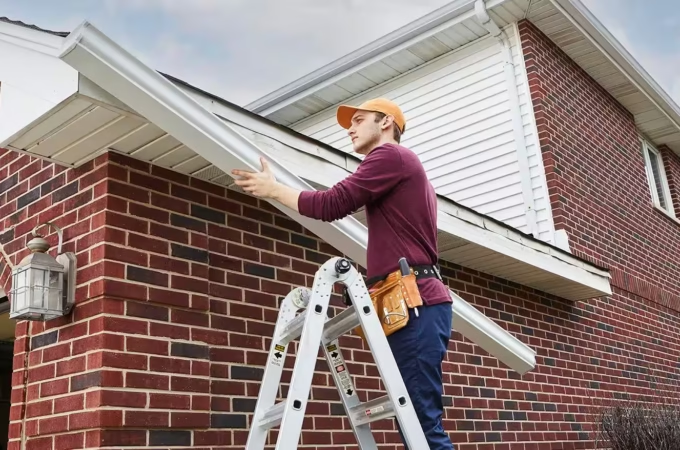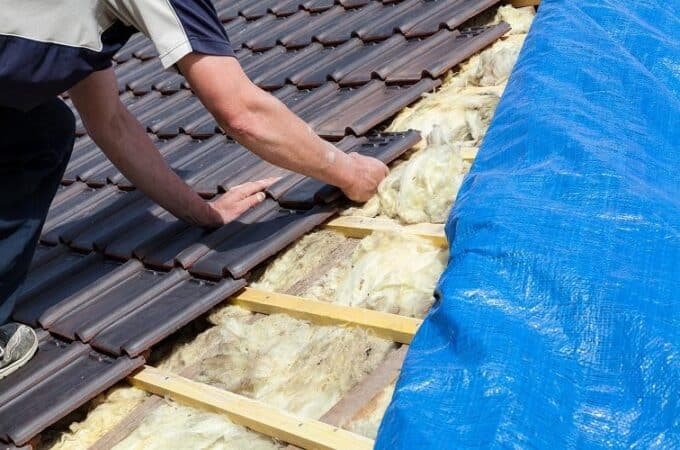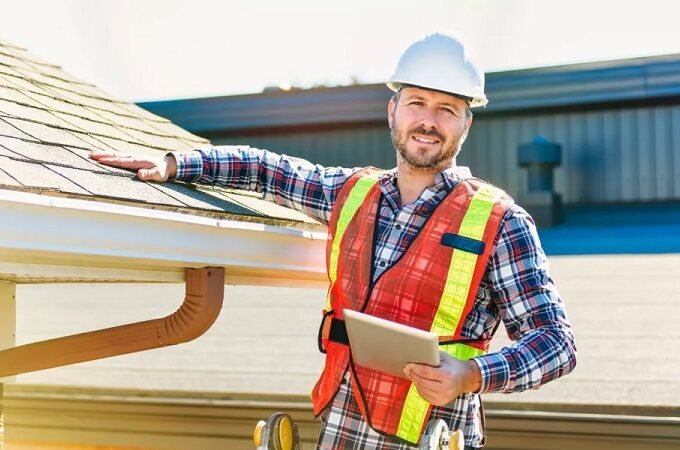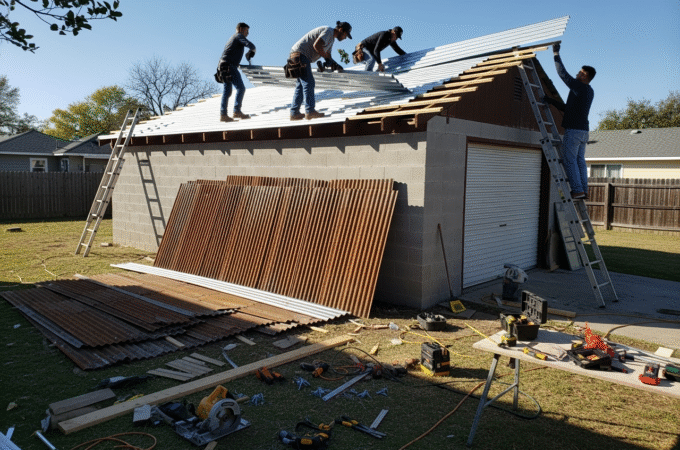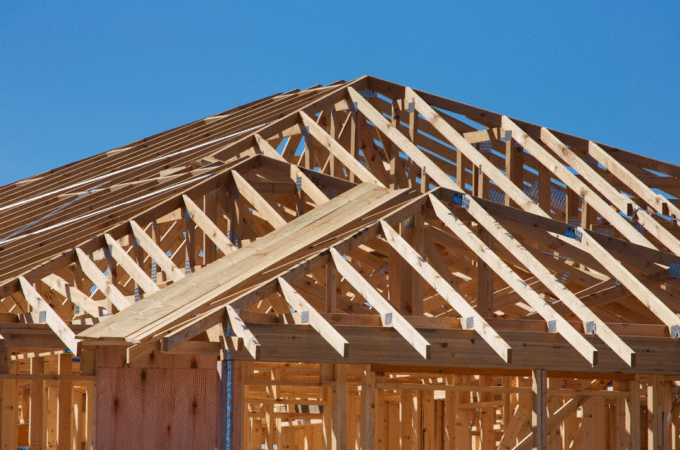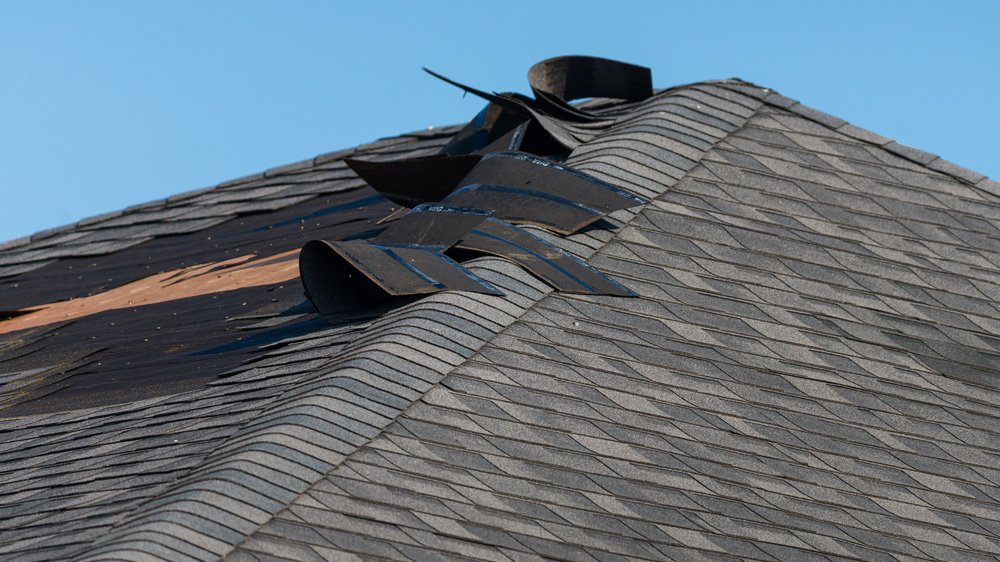
How to Tell If Your Roof Needs Repair or Full Replacement
Table of Contents:
- Understanding the Lifecycle of a Roof
- Key Visual Signs Your Roof Needs Attention
- Damage Types: When Is Repair Possible?
- Signs That Indicate a Full Roof Replacement Is Needed
- The Importance of Routine Inspections
- Factors to Consider Before Making a Decision
- The Value of Professional Assessments
- Best Maintenance Practices for Roof Longevity
- Choosing Between Repair and Replacement for Long-Term Savings
Table of Contents
ToggleUnderstanding the Lifecycle of a Roof
Regardless of the materials or craftsmanship, every roof has a finite lifespan. The life expectancy of a roof is determined not just by the kind of shingles, tiles, or metal installed but also by environmental factors, installation quality, and ongoing care. Most asphalt shingle roofs last about 15-25 years, wood shake shingles usually around 20-30 years, tile or slate up to 50-100 years, and metal roofs can exceed 40 years with good maintenance. Knowing these benchmarks helps you set realistic expectations and plan for the future.
However, even the most durable roofs can fall prey to severe weather, unforeseen events, and hidden issues. Homeowners often overlook early maintenance or minor repairs until a small problem becomes more significant. In such cases, consulting reliable specialists, like Kerrville foundation repair experts, can provide practical advice for foundation issues and understanding interactions between roofs and structural integrity.
It’s also critical to remember that regional weather and climate significantly impact the lifespan of your roof. Roofs in areas with frequent storms, hail, intense sunlight, or heavy snow loads may need more frequent attention or earlier replacement than those in milder climates.
Key Visual Signs Your Roof Needs Attention
Early identification of roof issues relies on knowing what visual cues to watch for. Curling, buckling, or missing shingles are the most obvious red flags, especially after storms or heavy winds. Moss and algae growth don’t always indicate structural damage, but they can signal trapped moisture that could lead to bigger problems if ignored. Discoloration in patches across the roof, granule loss exposing the shingle base, and broken flashing around chimneys or vents also indicate potential trouble.
Other visible signs include sagging ridgelines, warped or uneven surfaces, and rust on flashing or nails. Gutters filled with shingle granules are a less obvious but important clue—signaling that the shingles are approaching the end of their lifecycle. Inspection after strong wind or hail is important, as even small punctures or cracks can eventually cause leaks. According to the National Roofing Contractors Association, routine checks are essential for catching small issues before they escalate.
Properly maintained roofs don’t just look nicer—they also perform their job more reliably by shedding water and resisting wind uplift. Regularly walking your property’s perimeter and using binoculars for closer inspection are simple steps to spot the earliest signs of deterioration.
Damage Types: When Is Repair Possible?
Not all roof damage requires total replacement. In many scenarios, partial repair is the most practical and cost-effective approach. Isolated damage, such as a few missing shingles, a detached piece of flashing, or one small leak, usually means spot repairs are the best option. Repairs also work well when the underlying roof deck is still in good condition, with no evidence of rot or moisture intrusion.
Localized stress—like debris falling on one part of the roof—or age-related wear without extensive leaks often indicates a good candidate for repair. Replacing damaged flashing, small patches of underlayment, or resealing vent boots can restore performance quickly. However, repairs should always involve high-quality, compatible materials and be properly integrated with the rest of the roofing to prevent water ingress in the future. Spot fixes are effective when caught early before the damage undermines larger portions of the system.
Quick, well-executed repairs also help extend the roof’s service life and maintain curb appeal, reducing the chances of needing more extensive work down the road.
Signs That Indicate a Full Roof Replacement Is Needed
Some conditions go far beyond what repairs can reasonably address. Water leaks that reappear across multiple locations, widespread cracking or curling shingles, and large patches missing their protective granules suggest the roofing’s protective barrier has failed. Under these circumstances, patching won’t restore long-term safety or value.
Structural sagging, visible daylight through the roof boards in the attic, and frequent mold growth on ceiling interiors often mean the underlying decking and support have been compromised. Once the roof’s integrity is breached at this level, neither patching nor layering new shingles over the old is appropriate—full replacement becomes unavoidable.
Age is a major factor: replacement is generally the wisest choice if a roof is approaching or past its designed service life and has multiple signs of wear. Chronic ice dams, repeated wind or storm damage, or major aesthetic deterioration affecting property value are powerful motivators for investing in a fresh roof.
The Importance of Routine Inspections
Proactive homeowners schedule regular roof inspections to ensure their roofs remain watertight and fight off major issues before they start. Inspections are especially crucial after significant weather events or before selling a home. Professional roofers use detailed checklists, examine both the exterior and attic spaces, and can spot problems that aren’t always visible from the ground.
Homeowners who aren’t comfortable getting on the roof can perform basic inspections from the ground, using binoculars to check for changes in shingle alignment, vegetation growth, gutter debris, and notching or dark spots around vents and flashing. Still, a full inspection by a certified contractor every 2-3 years or after extreme weather can reveal hidden leaks or aging components that need attention before they fail. These assessments also become invaluable for insurance claims, providing time-stamped documentation of your roof’s history.
Factors to Consider Before Making a Decision
There is no one-size-fits-all answer when deciding between repair and replacement. Consider the roof’s current age, the extent and location of damage, your budget, your long-term plans for the property, and local building code requirements. Repairing an old roof near the end of its lifecycle could only buy a couple of extra years, sometimes making replacement a more economical choice.
In addition, think about the cost per square foot: while repairs might seem less expensive up front, repeated fixes add up over time. Newer roofs with minor issues generally respond well to repair, while recurring leaks or wide-scale shingle loss often signal the time for a full replacement. When in doubt, get proposals for repair and replacement and compare warranties, service life, and total investment to find the best fit for your circumstances.
It’s also essential to consider environmental and energy efficiency factors. Newer roofs made from modern materials offer better insulation and longer-lasting performance, helping you save on utility costs while enhancing home comfort. Local regulations or homeowners’ associations might also dictate specific roofing materials or appearance standards.
The Value of Professional Assessments
Even the handiest homeowners may overlook subtle warning signs that an experienced roofer can spot instantly. A professional assessment is invaluable before any major repairs or replacement project. Professionals inspect beyond the shingles themselves, checking for deck rot, hidden leaks, insulation issues, and overall ventilation.
Reputable roofers use specialized equipment to find soft spots or scan moisture levels under the roofing and in attic spaces. Their comprehensive reports can pinpoint exactly where your roof’s weak points are and suggest not just fixes but long-term weatherproofing strategies. According to Consumer Reports’ roofing guide, professional evaluations help homeowners determine whether a partial fix will suffice or if replacement is warranted.
Second opinions can give peace of mind, especially when significant investment is on the line. Experienced professionals can also help you compare estimates, vet the quality of materials proposed, and anticipate potential structural repair needs that might not be immediately obvious.
Best Maintenance Practices for Roof Longevity
Routine maintenance is the most effective way to lengthen your roof’s lifespan. Cleaning gutters and downspouts at least twice annually ensures water can drain freely instead of soaking roof edges and underlying structural components. Promptly removing moss, algae, and branches prevents water wicking and weight buildup that can degrade your roof’s structure.
Trim surrounding tree limbs that overhang the roof—branches can scrape away shingles and deposit moss, increasing the risk of damage during storms. Monitor attic ventilation, as poor airflow accelerates shingle aging and increases the risk of ice dams in winter. By creating a regular inspection and maintenance calendar, homeowners can catch and address problems before they worsen, saving money and stress.
Spotting and resealing missing nail heads, repairing broken vents or pipes, and watching for loose flashing are all part of a solid roof care routine. Minor attention here and there often doubles the lifespan of a typical roof, significantly delaying the need for a full replacement.
Choosing Between Repair and Replacement for Long-Term Savings
The decision between patching up a roof and investing in a full replacement is often one of weighing short-term costs against future security and peace of mind. For homes with mostly healthy roofs and minor, localized problems, repairs can extend the roof’s life by years. For roofs approaching their maximum age or that have extensive, recurring issues, replacement may bring greater value and lower maintenance costs in the long run.
In some situations, recurring leaks, frequent repair needs, or mounting energy costs signal that ongoing repair is a temporary bandage. Refitting new, energy-efficient roofing material can transform your home’s comfort and curb appeal, protect underlying structures, and even lower insurance costs.
Anthony M. Salvatori is President of Steadfast Painting Solutions. He has 20 years of painting experience and has been operating his own company for nine years. Salvatori is proud to be leading such an incredible team of individuals with the common goal of providing excellent service and quality.

